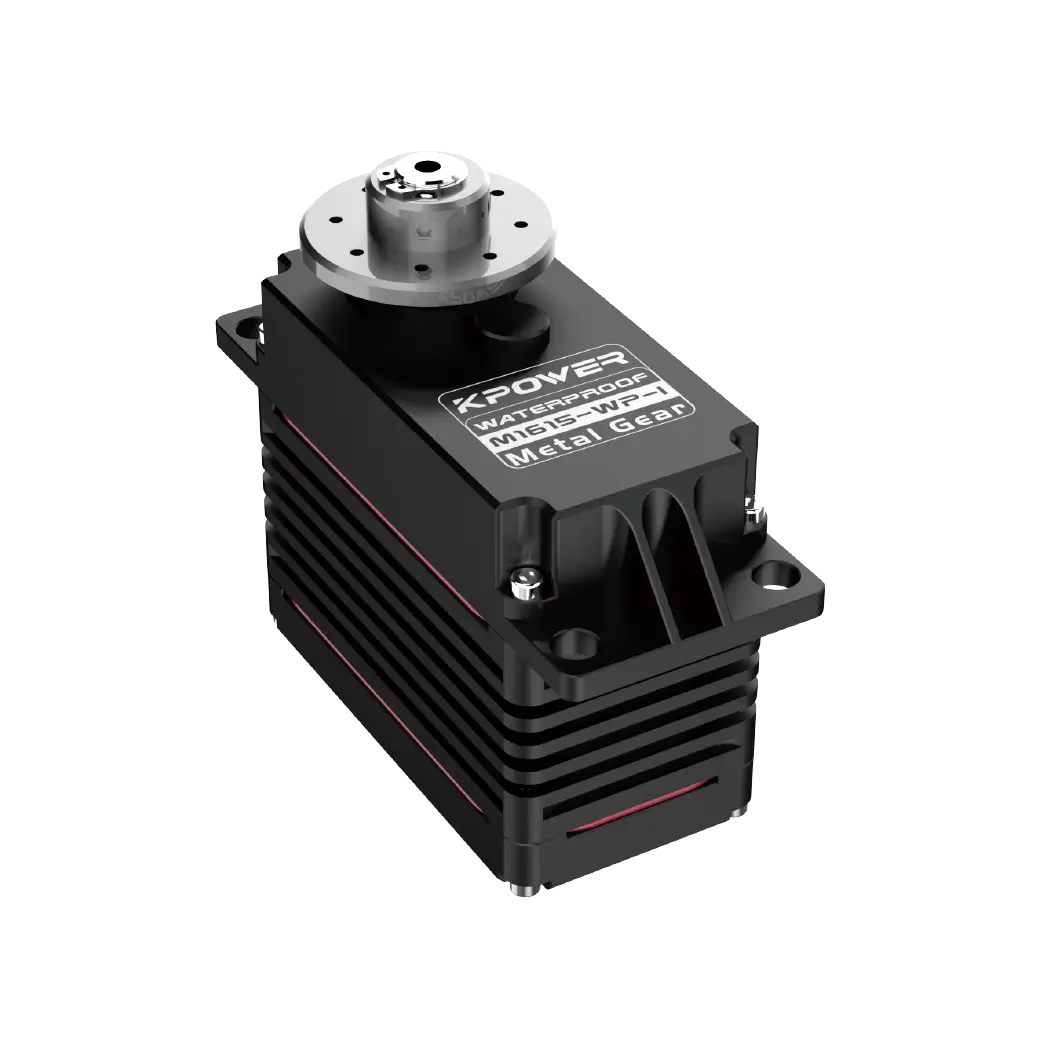The Foundation of Precision Control
Imagine a robotic arm that flawlessly places components on a circuit board, or a 3D printer nozzle that glides with surgical precision. Behind these feats lies a critical technology: encoder-based position control. For hobbyists and engineers alike, mastering this skill unlocks endless possibilities in automation, robotics, and beyond. Let’s dive into how Arduino transforms ordinary DC motors into precision instruments using encoders.

Why Position Control Matters
DC motors are workhorses of motion, but their open-loop operation (just applying voltage and hoping for the best) falls short for tasks requiring accuracy. Enter rotary encoders—the unsung heroes that turn guesswork into certainty. These sensors report shaft position in real time, enabling closed-loop control systems that correct errors on the fly.
The Hardware Dream Team
Arduino Uno/Nano: The brain that processes data and makes decisions. DC Motor with Encoder: Look for motors with built-in encoders (e.g., 12V 300 RPM metal gear motors). Motor Driver: An L298N or TB6612FNG module bridges Arduino and motor. Power Supply: Match voltage to your motor’s requirements.
Cracking the Encoder’s Code
Encoders output quadrature signals (A and B channels) that let you track both position and direction. When the shaft rotates, these channels produce square waves 90 degrees out of phase. By counting pulses and monitoring which channel leads, you can calculate exact position changes.
```cpp volatile long encoderCount = 0; void setup() { attachInterrupt(digitalPinToInterrupt(2), updateEncoder, CHANGE); attachInterrupt(digitalPinToInterrupt(3), updateEncoder, CHANGE); } void updateEncoder() { int stateA = digitalRead(2); int stateB = digitalRead(3); // Determine direction and update count (stateA == stateB) ? encoderCount++ : encoderCount--; }
*This interrupt-driven code captures every encoder pulse without missing a beat.* ### First Movements: Open-Loop vs Closed-Loop Start by testing open-loop control—sending a PWM signal to the motor driver. Notice how load changes or voltage drops cause inconsistencies. Now implement closed-loop control: 1. Set a target position (e.g., 1000 encoder ticks). 2. Calculate error: *Target – Current Position*. 3. Adjust motor speed proportionally to the error. You’ll immediately see tighter control, but the motor might oscillate or overshoot. That’s where PID comes in—the magic that smooths out the ride. --- PID Control – From Wobbly to Laser-Sharp ### The PID Breakdown PID (Proportional-Integral-Derivative) control is like having a super-smart co-pilot for your motor: - Proportional: Reacts to current error (stronger response for bigger errors). - Integral: Fixes lingering small errors (e.g., friction-induced drift). - Derivative: Predicts future errors based on rate of change, preventing overshoot. ### Coding the PID Dance
cpp
include
double Setpoint, Input, Output; PID myPID(&Input, &Output, &Setpoint, 2.5, 0.1, 0.05, DIRECT);
void setup() { myPID.SetMode(AUTOMATIC); Setpoint = 1000; // Target position }
void loop() { Input = encoderCount; myPID.Compute(); analogWrite(motorPWMpin, abs(Output)); // Set motor direction based on Output sign digitalWrite(dirPin, (Output > 0) ? HIGH : LOW); } ```
Tuning: The Art of Balance
Start with P: Increase Kp until the motor responds quickly but starts oscillating. Add D: Boost Kd to dampen oscillations. Introduce I: Apply a small Ki to eliminate steady-state error.
Pro Tip: Use the Ziegler-Nichols method for systematic tuning, or embrace trial and error—it’s half the fun!
Real-World Challenges & Fixes
Noise: Shield encoder cables and add debounce filters in code. Overloads: Monitor motor temperature; use current sensors if needed. Battery Woes: A sagging power supply wrecks control. Add capacitors or use regulated supplies.
Beyond Basics: Advanced Tactics
Cascaded Control: Combine speed and position loops for ultra-smooth motion. Feedforward: Anticipate load changes (e.g., gravity in elevators) for proactive adjustments. Trajectory Planning: Move motors along predefined curves (S-curves, trapezoidal profiles).
Your Next Frontier
Now that you’ve tamed position control, imagine combining multiple motors for CNC machines or building self-balancing robots. Experiment with Bluetooth/Wi-Fi for remote control, or log encoder data to analyze performance.
Precision isn’t just about technology—it’s about curiosity. Every oscillation you dampen, every tweak to your PID constants, brings you closer to that “aha!” moment where machine and code move as one. So grab your Arduino, and let those encoders spin tales of accuracy!





































